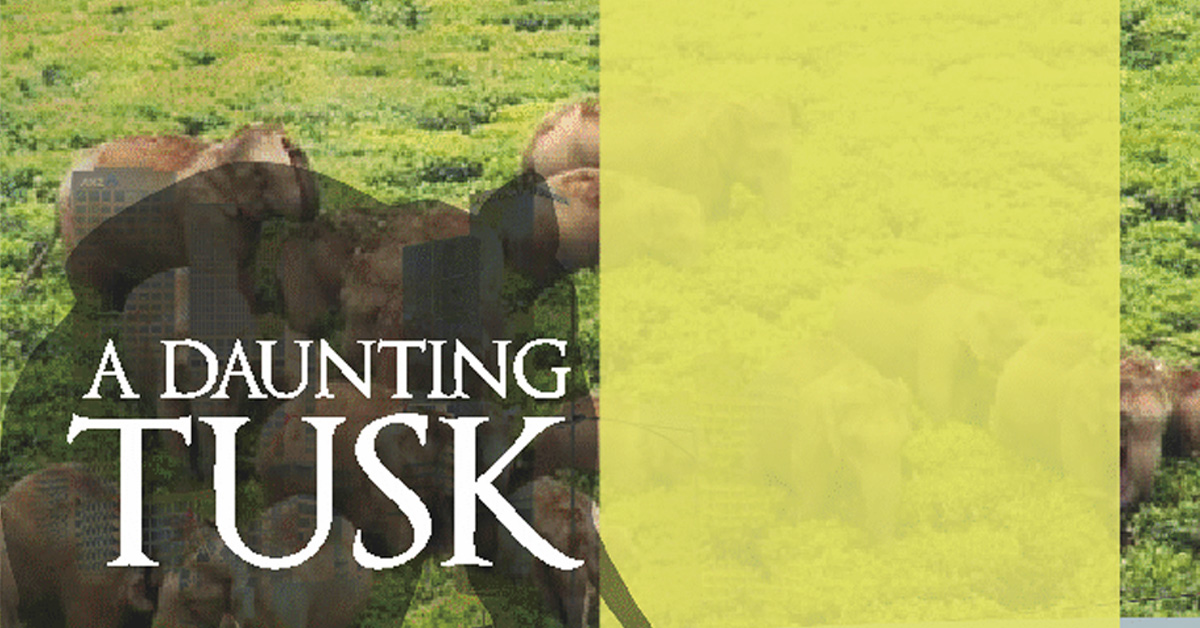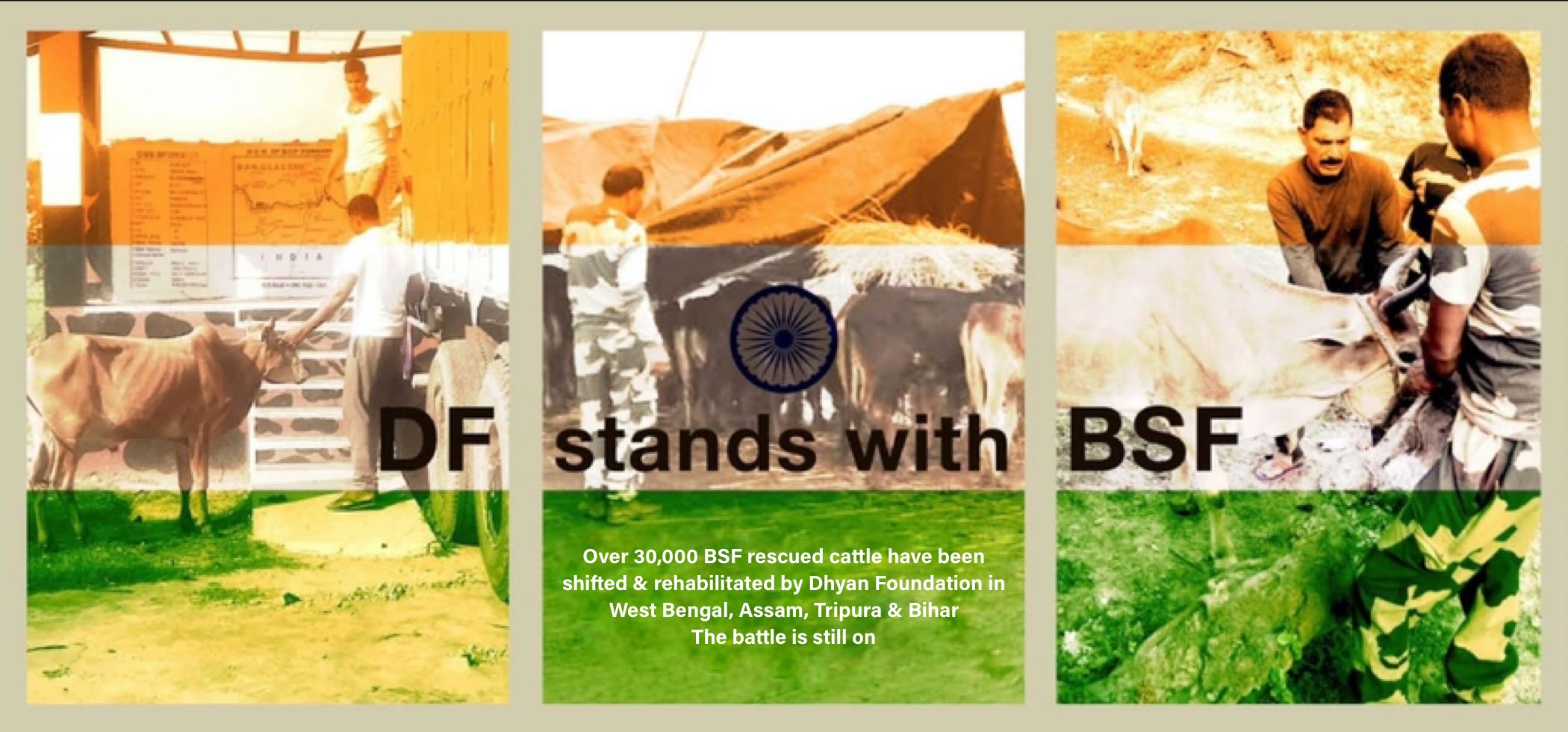After the recent great fall of an elephant and its calf in a ditch in Assam, the social media drew serious attention to the plight of these voiceless animals. This, for your kind attention, was not an isolated occurring. While the Ministry of Environment and Forest (GoI) launched Project Elephant in 1992; elephants in India continue to be threatened, every day, by habitat loss, degradation and fragmentation.
The Indian elephant (Elephas maximus indicus) is one of three recognized subspecies of the Asian elephant and native to mainland Asia. Since 1986, Elephas Maximus has been listed as Endangered by IUCN as the population has declined by at least 50% over the last 60 to 75 years or three generations. The reason for decline has been the scale of development without considering the cost of loss of natural resources and depletion of natural habitat, particularly in states of Tamil Nadu, Kerala and West Bengal.
In the last 20-25 years there has been rapid growth in quarries, railway tracks, factories, buildings and educational institutions in the Elephant Corridor extending from Sathyamangalam Forest, Coimbatore (TN) to the Silent Valley, Mannarkadu (Kerala) creating blockage in the way of elephants who have been inhabiting the area for thousands of years and using the passage to migrate for monsoons. Over 30 elephants have died in Tamil Nadu in the last 2-3 months alone, killed by speeding trains and vehicles, by dangerous electric fences built around plantations, and also consciously by humans being perceived as threat. Some of the buildings which have encroached the elephant corridors include, Amritha Vishwa Vidyapeeth University, Karunya University, Isha Yoga Centre, Karl Kubel Institute for Development Education, The Salim Ali Centre for Ornithology and Natural History, Tamil Nadu Agricultural University’s Forest College and Research Institute, Isha Engineering, Isha Shoppe, a CRPF training centre, private schools and engineering colleges, brick kilns in Thadagam Valley, railway tracks, granite quarries, cement factories and residential plots. Whether these buildings have got the necessary approval from the Hill Area Conservation Authority is open to question.
Elephant conservation in northern West Bengal has been set back due to high-levels of human–elephant conflict and elephant mortality owing to railway accidents. The railway track between Siliguri and Alipurduar passes through 74 km (46 mi) of various forest divisions. Every day, 20 trains run on this track at high speeds. Elephants that pass through from one forest patch to another dash against the trains and die. A total of 39 dead elephants were reported during the period of 1958 to 2008, of which ten were reported killed between 2004 and 2008.
To add to their misery, elephants are poached for ivory. Poaching of tuskers impacts on sex ratios that become highly female biased; genetic variation is reduced, and fecundity and recruitment may decline. Poaching has dramatically skewed adult sex ratios in the Periyar Tiger Reserve, where between 1969 and 1989 the adult male to female sex ratio changed from 1:6 to a shocking 1:122.
The number for elephant casualties keeps growing every year. It is a matter of grave concern for the authorities as well as the citizens that not in the very far away future, we may be launching SOS projects to save many animals like elephants and cows that are being rampantly killed today; like we launched for tigers.
Dhyan Foundation is working to move the authorities and government for a serious consideration; having received a lukewarm response so far. We urge for the citizens of this country to take this up personally to raise this issue in whatever way they deem fit. For human beings are a part of this Creation; if the Creation perishes, so do we.
To help, #9841430369





